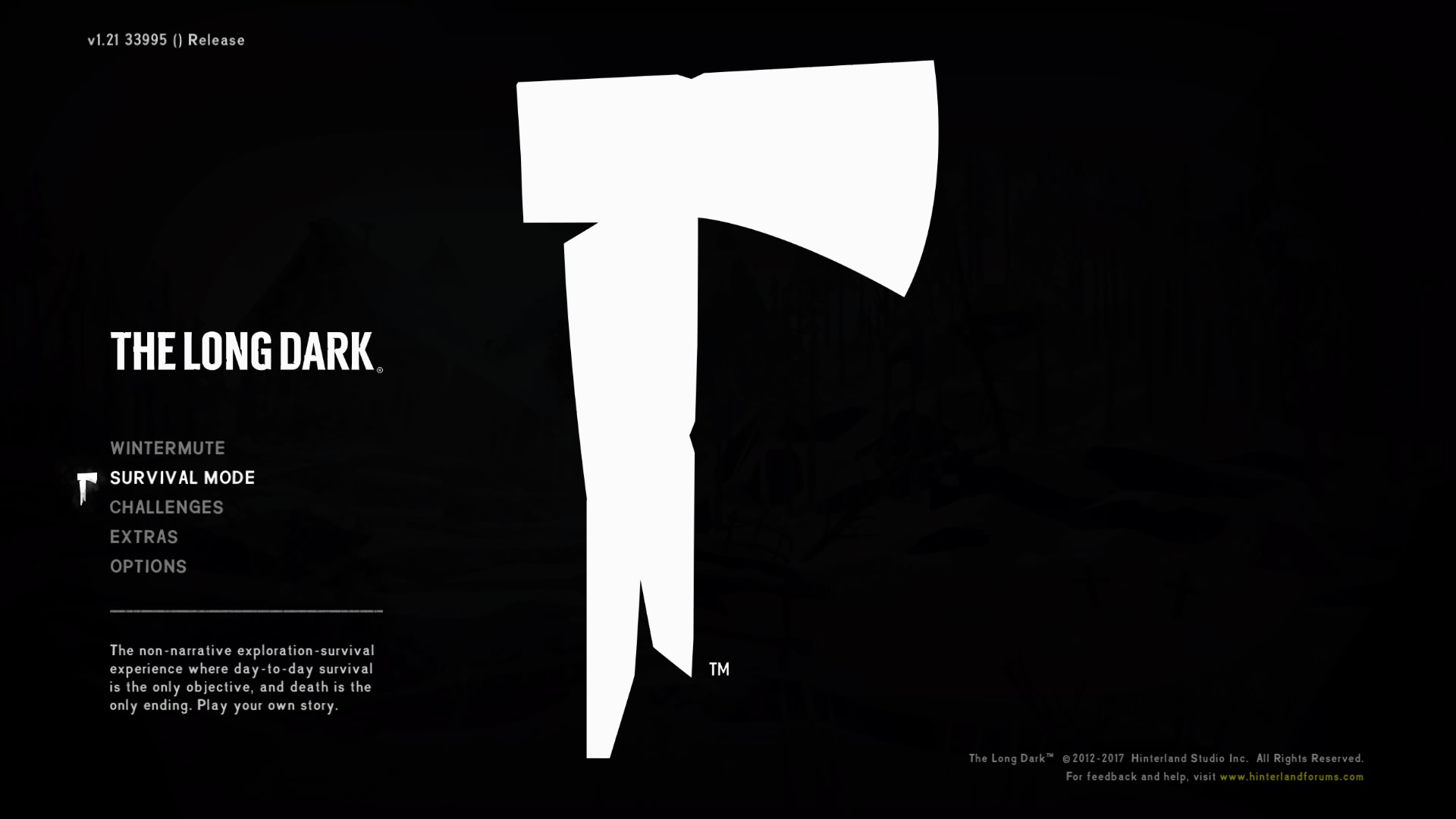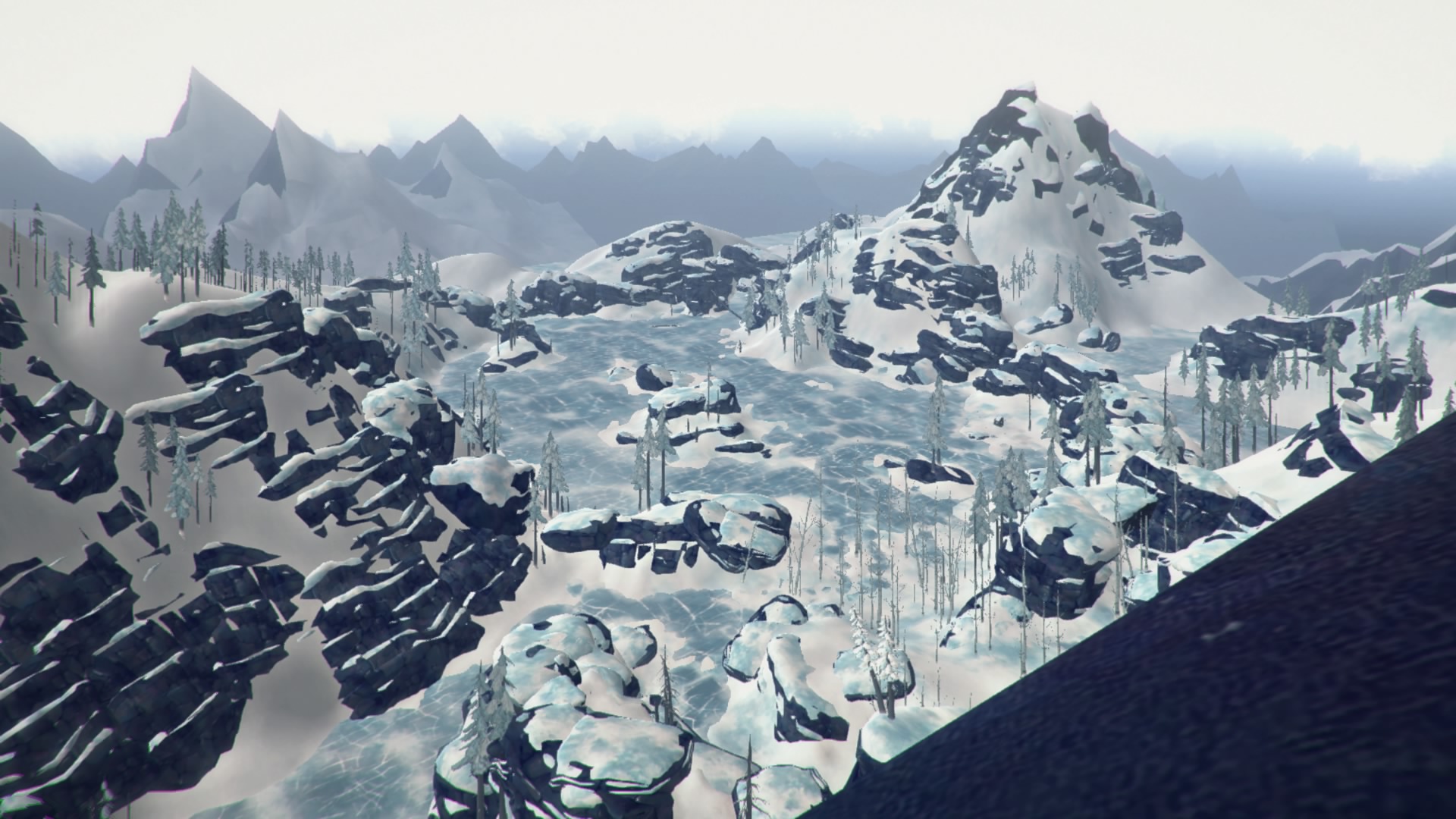If you’re unfamiliar with the Long Dark, it’s important to understand that permadeath is the defining mechanic of the game’s survival experience. It is the falling action of Survival Mode’s dramatic arc, the only true end to one’s personal narrative within the game. The games invisible wall, which instantly kills on contact, is the instadeath equivalent of ripping out the last third of a book before the reader ever gets that far. It sucks.

The Long Dark emphasizes that death is the only end in the survival mode. With invisible instadeath spots, it isn’t always a good ending.
In a permadeath story, instant death is a bad ending. By that logic, it seems fair to assume that developer Hinterland Games would strive to avoid implementing invisible instadeath walls in their game. They do exist in the Long Dark, however, and sometimes in surprising places.

Milton Basin
The Mountain Town region provides a clear, albeit troubling example. If one attempts to descend into Milton Basin from the ledge beneath the clifftop park, they will find one such invisible instadeath wall along the rocks just below and to the right of the ledge. (Here is a video showing what awaits creative travelers in this area.)
Another exists in the Ravine, a transition area between the Mystery Lake and Coastal Highway regions of the Long Dark. One is again killed without warning if they descend too far toward the bottom of the area’s smallest bridge.
Permadeath and Instadeath Do Not Mix
It is, at minimum, extremely disruptive to the immersion of the survival experience to be abruptly killed by unseen hands. At worst, a player killed by some invisible specter after investing hours into the same play-through might not ever come back. One could argue, certainly, that these instadeath walls exist in places most players won’t ever go. Unfortunately, that argument doesn’t address the issue of why they exist at all.
The game utilizes environmental barriers, as well as invisible walls that prohibit passing without killing. Why would the developer choose to punish a curious player so severely in a survival game that is founded on the ideas of exploration and permanent death?
In the Long Dark, the player faces threats from every direction. The most deadly of them all, however, might be the game, itself.




That is some serious bullshit right there. I could understand if you just flung yourself to your death, but this was a pretty harsh penalty for cautious exploration.